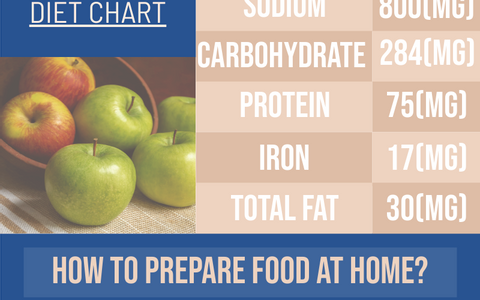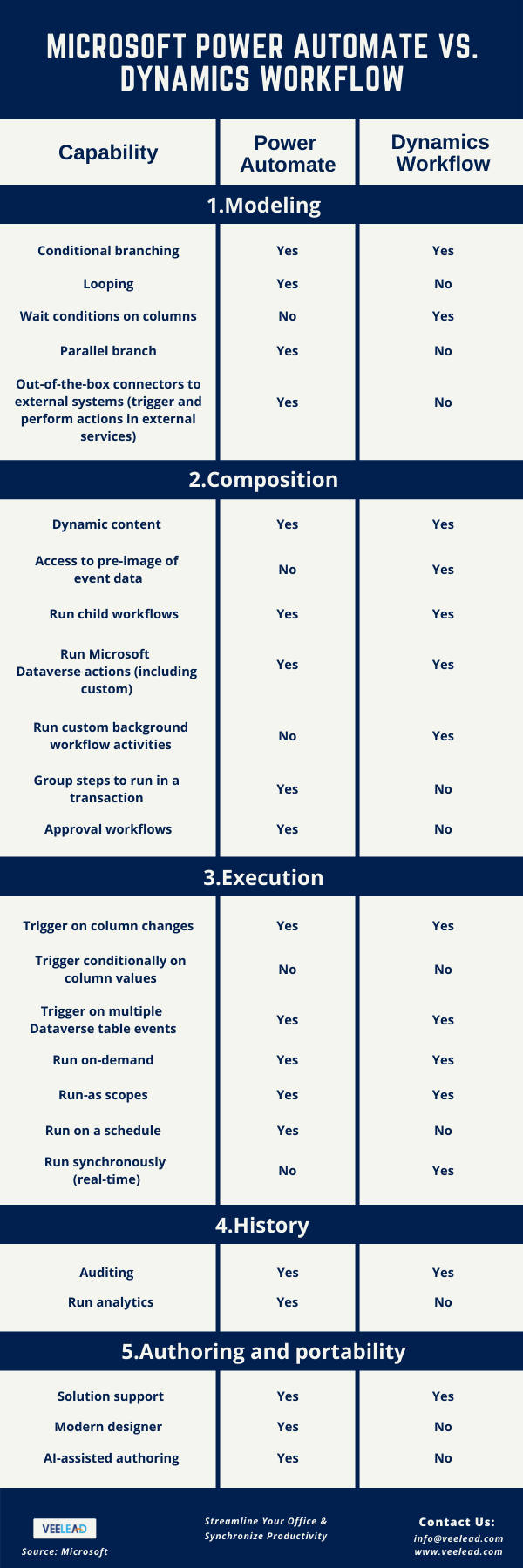Although the functions of Microsoft Power Automate and Dynamics 365 Workflow are identical, there are reasons to choose one over the other for certain organizational processes and strategies.
Microsoft 365 Power Automate (formerly known as Microsoft Flow) was offered as a productive workflow management extension. Customers who have a Microsoft 365 subscription and a free Microsoft account can sign up for a free 90-day trial of Flow. Thanks to cloud-based intelligence, users can create workflows and access them from any device with an internet connection. Power Automate helps users automate workflows by using trigger events to perform specific actions throughout the process.
Dynamics 365 Workflow, like Power Automate, automate business processes by using phases and stages in a workflow. Workflows are most commonly used with Dynamics CRM development and Customer Engagement automation, and they work effectively in a variety of circumstances. Many manual processes can be automated with the help of Dynamics 365 Workflows. Since they use a trigger event to control the actions, workflows can be valuable for CRM solutions. Workflows ensure that clients and records are kept up to date, preventing confusion when things get busy.
What to Choose?
A Workflow is a good option if your data, trigger, and action are all in Dynamics 365/CRM. Give Microsoft Power Automate a try if you need to run an action on a schedule (rather than a trigger) or if you need to communicate with another program outside of Dynamics 365/CRM.
![]()









